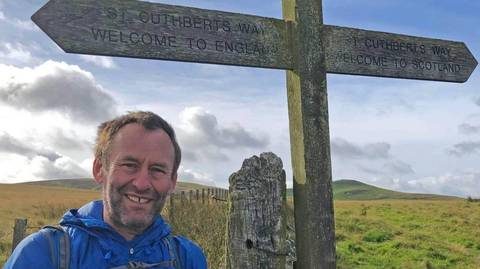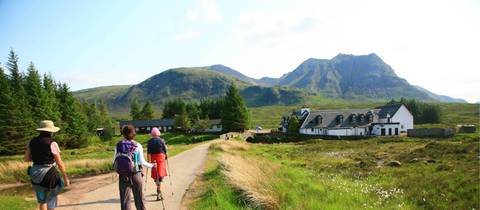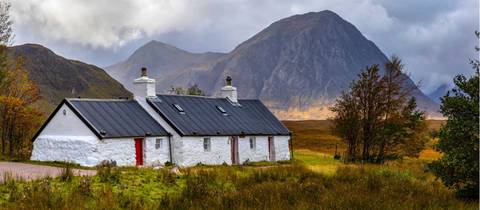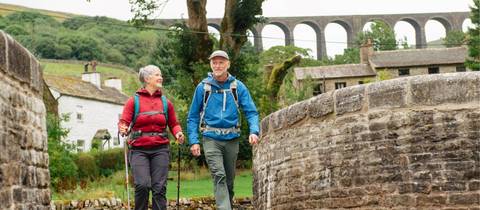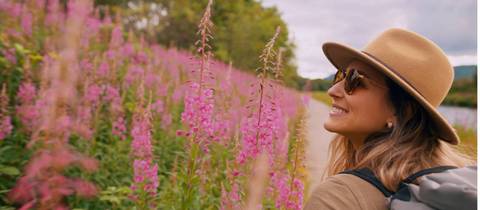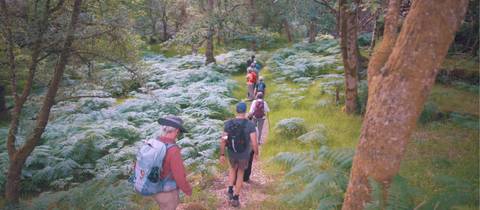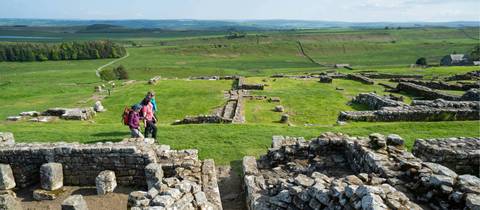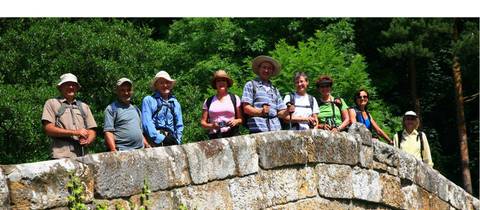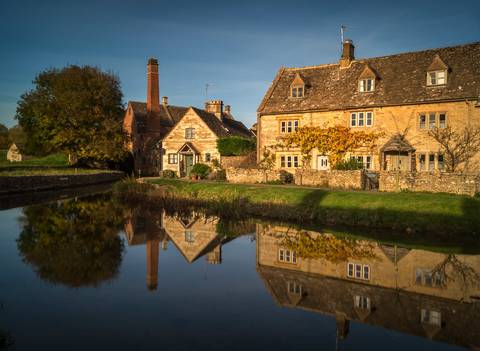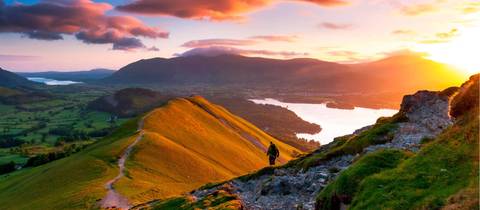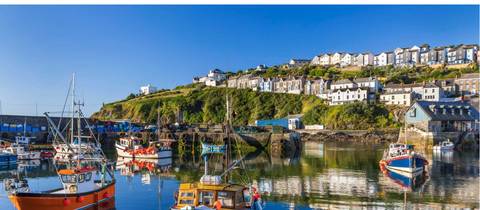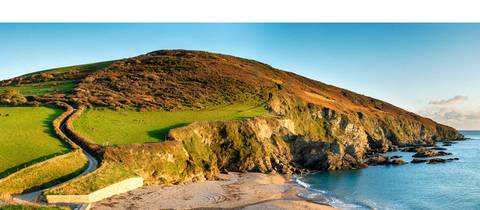Hiking St Cuthbert's Way
Walk through the Cheviot Hills from Scotland to England en-route to Britain's very own Galapagos. The St Cuthbert’s Way is a long-distance path that was established in 1996. The route reflects the life of this 7th century monk, extending from Melrose Abbey in the Scottish borders, where he became bishop to the island of Lindisfarne just off the coast of Northumberland in northeast England, where he was buried. So the ‘Way’ links places associated with his life. It includes a variety of delightfully unspoilt countryside: the Tweed Valley (origin of the famous woollen cloth), the Eildon Hills, the Cheviot Hills (origin of one of the most famous breeds of sheep), and the Northumberland coast with its broad horizons, sandy beaches and dramatic contrasts between high and low tide. The small historic towns en route - Melrose, Kirk Yetholm and Wooler - are equally unspoilt and offer a pleasant contrast with the thinly populated countryside. There is an abundance of historical features, including ruined abbeys at Melrose and Lindisfarne, the battle site at Harestanes Moor and old castles. The standard route is intended to be walked in 4 long days, but we have made several modifications to make the day stages slightly shorter and perhaps more interesting. The tour ends on Lindisfarne, but we recommend that if you have time, you opt for the extended tour which takes you back to the mainland and the beautiful village of Bamburgh overlooked by its grand castle and further down the coast, past the magnificent ruins of Dunstanburgh Castle to near the ancient kipper producing village of Craster.
USD 1,430
